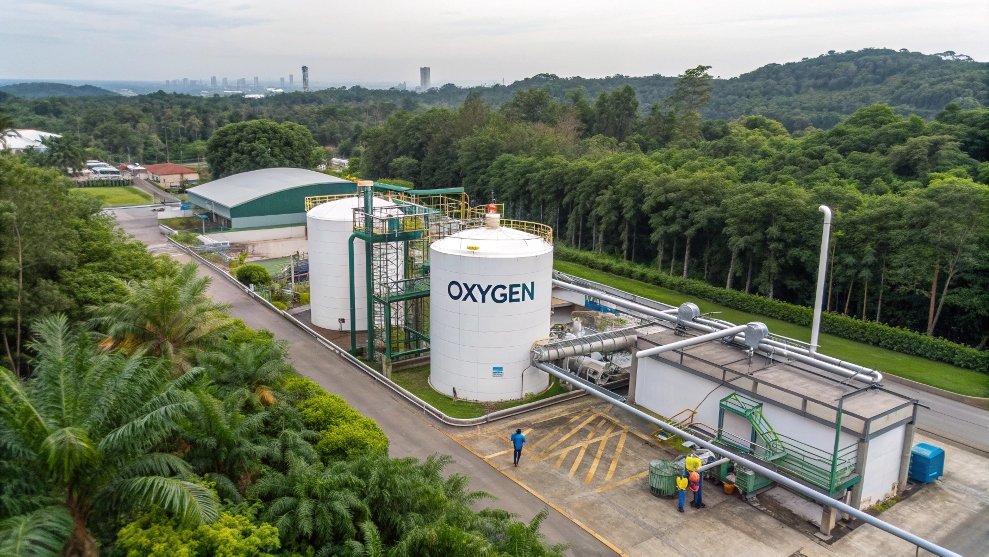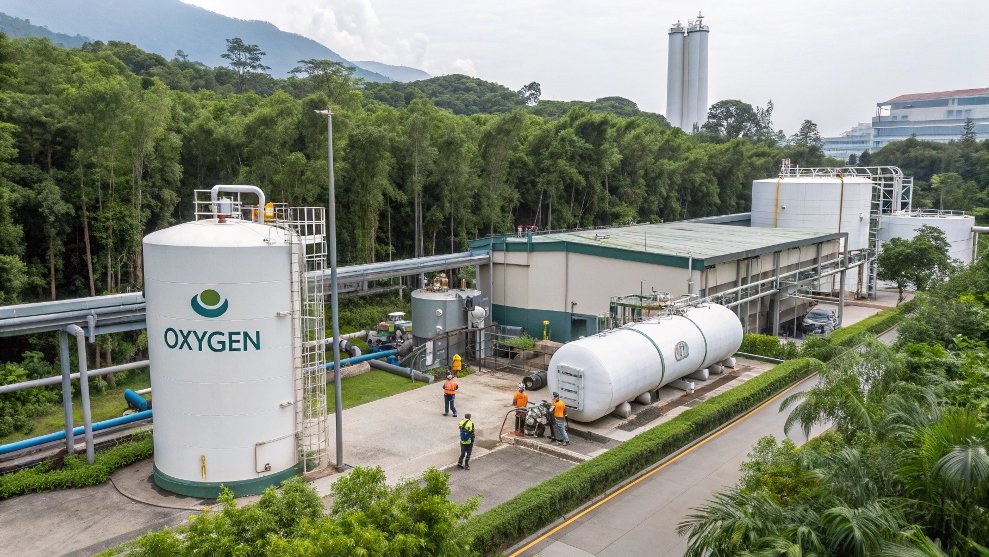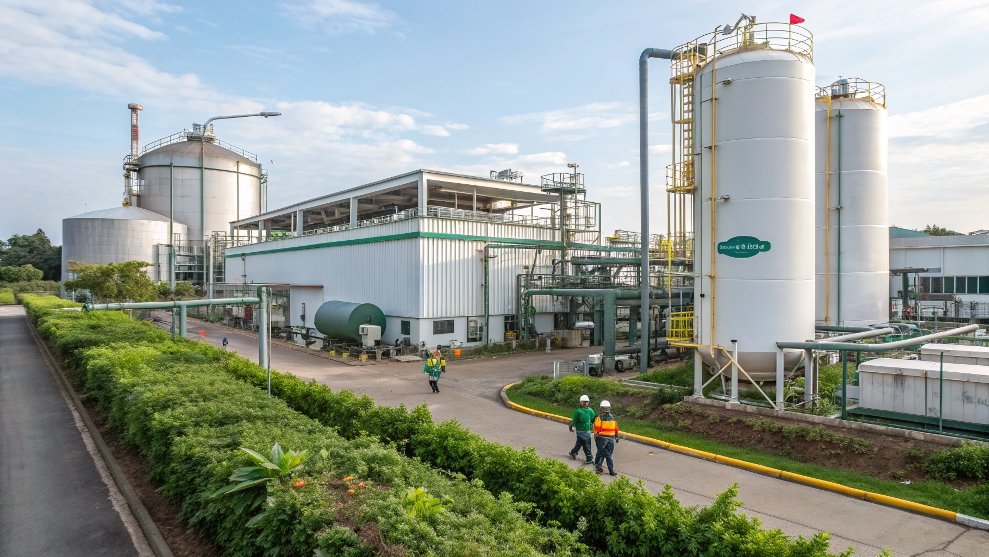I once wondered if lithium sieves were the only option for oxygen generation. My confusion pushed me to learn the real factors behind good adsorbent choice.
You can pick the right zeolite by matching your flow requirements, process setup, and budget. Not all oxygen plants need lithium sieves. Sometimes 13X-HP is enough and more affordable.
I learned that every plant has unique demands. Some plants need high output with high purity, while others only need moderate capacity. If the flow rate is low, an ordinary 13X-HP might work fine. If you need top-tier efficiency, lithium-based sieves could help. Let me share my stories and insights.
Which zeolite is best for oxygen concentrator?
I remember the first time I tried to select a sieve for a small oxygen concentrator. I felt lost because so many types were available. I worried that picking the cheapest option would cause performance issues later.
A good oxygen concentrator needs a zeolite that balances adsorptive capacity, cost, and flow targets. Lithium sieves can give high oxygen purity, but 13X-HP might be enough if your output is not huge.
Breaking down the choice
I have seen clients assume that lithium-based zeolite is always the best. That is not always correct. I usually start by asking about the real operating flow rate and the desired oxygen purity. A small machine that delivers just a few liters per minute does not need the highest-end sieve. A standard 13X-HP can deliver the required oxygen concentration while costing less. That is a practical solution for many clinics, small labs, or personal home use.
I also consider the energy consumption of the concentrator. Lithium sieves often have great nitrogen uptake. That means you can achieve a higher oxygen purity with less cycle time, which can cut power usage. But if your volume requirements are modest, the difference might not be big enough to offset the higher cost of lithium sieves. I weigh that carefully.
I remember a project in which I supplied a mid-range system for a rural hospital. They needed around 10 liters per minute at 93% oxygen. We first considered lithium-based sieves to ensure top purity levels. We found that the total cost jumped beyond the hospital’s budget. We then tested 13X-HP. The system still reached 93% consistently, and the staff was satisfied. Yes, the cycle time was a bit longer, but the budget savings were significant.
I also look at humidity and contamination risks. If the feed air is not well-dried, the zeolite can degrade over time. Lithium sieves can be more sensitive to water, so you might need better dryers or pre-filters. In some smaller setups, you may not have top-of-the-line drying systems. 13X-HP might handle mild moisture better, though I still try to keep the air as dry as possible. If the environment is extremely humid, I give special attention to the system’s design to protect the sieves.
I check the maintenance plan. If the site operators will not do frequent checks, a simpler and more robust sieve can be better. 13X-HP is widely used in general gas separation tasks and is known for its reliability. People can find replacements more easily. Lithium sieves might be harder to source depending on location.
Here is a simple table that compares some general points of lithium sieves and 13X-HP:
| Feature | Lithium-Based Sieve | 13X-HP |
|---|---|---|
| Nitrogen Adsorption | Very High | Moderate |
| Cost | Higher | Lower |
| Ideal Flow Range | Large-scale or high-purity demands | Small to medium applications |
| Sensitivity to Water | Can be higher | Moderate |
| Typical Availability | May vary by region | Often easier to find |
I also like to remind people that brand names do not define performance alone. Good design, proper regeneration cycles, and stable operating conditions matter. I work closely with engineers and end-users to ensure the system meets real-world demands. In my view, the best zeolite is the one that fits your specific goal. If you aim for large capacity and top purity, lithium might be ideal. If you only need modest flow rates and want an economical solution, then 13X-HP is enough.
I believe the final decision should factor in costs, ongoing maintenance, and how important the oxygen purity margin is. Some users aim for 90–93% oxygen. Others want 95% or more. I examine those details and only then decide which material to choose. I find this approach keeps me from pushing an unnecessarily high-end sieve where it is not needed.
When to change zeolite in oxygen concentrator?
I often get asked how long a zeolite can last. Operators worry that the sieve will wear out without warning. That is a valid concern because adsorbents do degrade over time.
You should change your zeolite when oxygen purity drops below safe targets or when the system runs more extended cycles. Keep an eye out for moisture or contamination.

Identifying replacement needs
I have handled multiple service calls where an oxygen concentrator suddenly struggles to meet purity requirements. Users might see the product gas drop from 93% to 88% or lower. They might also notice the machine is running longer cycles. Sometimes, the pressure reading in the adsorption column is erratic. These are telltale signs the zeolite is losing its capacity.
In many cases, moisture is the culprit. If the feed air dryer is not maintained, water accumulates in the sieve. The material can only adsorb so much water before it becomes ineffective. Also, if your environment is humid, the system might need extra steps to keep moisture at bay. A well-designed pressure swing adsorption (PSA) system should regenerate the sieve by purging or evacuating the adsorbed substances. But if the cycle times or vacuum steps are not tuned properly, partial regeneration becomes common. That leads to a slow decline in performance over weeks or months.
I also watch for signs of contamination. For example, if the air intake filter fails, oil vapor or dust can clog the pores. That reduces the active sites on the sieve. I check for any unusual odors or color changes in the adsorbent. If I see a sticky residue, it often means the feed air contained more contaminants than expected. So changing the sieve is the only fix.
Another factor is the operational temperature. High temperatures can stress the material and cause faster degradation. Some small oxygen concentrators do not have robust cooling setups. I suggest placing the unit in a cool, dry area. That simple move can prolong the life of the adsorbent.
I keep a record of oxygen purity readings. If I see a steady decline over time, I know it is likely the sieve. However, I verify the compressor, valves, and piping before I blame the adsorbent. Sometimes a failing valve or compressor leak can reduce overall performance. If everything else checks out, then I focus on the sieve. I also compare the hours of use to the manufacturer’s recommended lifetime. Many adsorbents have an expected service life, but in real operations, it can vary.
I share this checklist with clients:
- Monitor product purity daily or weekly.
- Keep feed air filtration in top shape.
- Maintain the recommended cycle parameters.
- Check for moisture buildup or cleaning system malfunctions.
- Log any sudden changes in purity or flow.
When multiple warning signs appear, I suggest replacing the sieve. That prevents full system failure. I have seen people delay replacement only to face a sudden shutdown. Replacing sieves proactively can save costs and ensure stable oxygen supply.
What type is zeolite 13X?
I first stumbled on 13X when I was learning about general air drying. Then I found out it can also adsorb nitrogen, carbon dioxide, and some other medium-sized molecules.
Zeolite 13X is a sodium-based aluminosilicate with about 10 angstrom pore size. It is widely used for water, CO₂, and nitrogen removal in PSA systems.
Understanding 13X’s properties
I have used standard 13X and specialized forms like 13X-HP in many oxygen generation designs. The structure has a wide pore opening, which allows it to capture bigger molecules. This is helpful for removing moisture and CO₂. In an oxygen concentrator, we often use a special grade that can selectively adsorb nitrogen, leaving oxygen to pass through. The result is an oxygen-rich product stream.
I like 13X because it is accessible and fairly robust. I have found it in many industrial processes, from natural gas sweetening to solvent drying. In PSA systems, 13X can deliver decent oxygen purity, though not as high as lithium-based sieves. That said, many mid-tier or small-scale plants do not need the extra purity margin. They might only need 90–93% oxygen, which 13X can handle.
I recall seeing the difference in real-time when comparing 13X to lithium sieves. Lithium sieves can reach higher recovery rates and higher purity levels. But that also means more capital investment. The payback might not always be worth it if the plant’s daily oxygen demand is modest. I share these details with clients because I see them fixated on the best available product even when a simpler solution can work.
Below is a simple chart:
| Aspect | 13X (Standard or 13X-HP) | Lithium-Based Sieve |
|---|---|---|
| Common Use Cases | Small/medium PSA, air drying, CO₂ removal | Large-scale, high-purity PSA |
| Pore Size | About 10 angstroms | Smaller specialized structure |
| Oxygen Recovery | Moderate | Higher |
| Cost | More budget-friendly | Often more expensive |
| Maintenance Needs | Normal checks, dryness is key | Needs careful moisture control |
I also watch how 13X performs over time. If the system is well-maintained, 13X can last for thousands of hours before replacement. I emphasize regular checks of the feed air conditions. I avoid letting water or oil get in. I also verify that the PSA cycle is correct. If the adsorbent is regenerated properly, it will continue working well. But if we allow contamination or run the system in a harsh environment without proper filters, the sieve might lose capacity quickly.
One thing I like about 13X is the variety of shapes and sizes. Beads or pellets can help optimize airflow and reduce pressure drop. That is helpful if you have design constraints. You can also find 13X in different packaging or even with binders that enhance mechanical strength. This variety can make it easier to tailor solutions.
Some people ask me if they should replace 13X with lithium in an existing system. That is not always straightforward. Lithium sieves have different operating conditions and might require changes to the cycle design or even new hardware. If the old system is not designed for lithium, it might not be a simple swap. I guide them to weigh the total cost of re-engineering. Often, it might be more practical to keep using 13X or upgrade to a newer 13X variant if they need a performance boost.
I suggest 13X if your oxygen plant does not require extremely high purity or if your budget is tight. This material has proven reliable across different industries. It is also easier to source in many regions. Sometimes that alone is a big factor. If you cannot get quick spare parts or replacement sieves, you risk downtime. So availability can override theoretical performance gains.
I see 13X as a solid workhorse. It handles a wide range of tasks. If you care about stable, moderate oxygen production, 13X might be your best friend. If you want to push for higher purity and have the funds, lithium-based sieves are an option. But not every facility requires that. I always advise people to match the adsorbent type to their actual daily operations. That is the most efficient way to do it.
Conclusion
You can pick the right zeolite by considering your real flow targets, purity needs, and budget. Sometimes simple is best. Test well, then decide with confidence.





